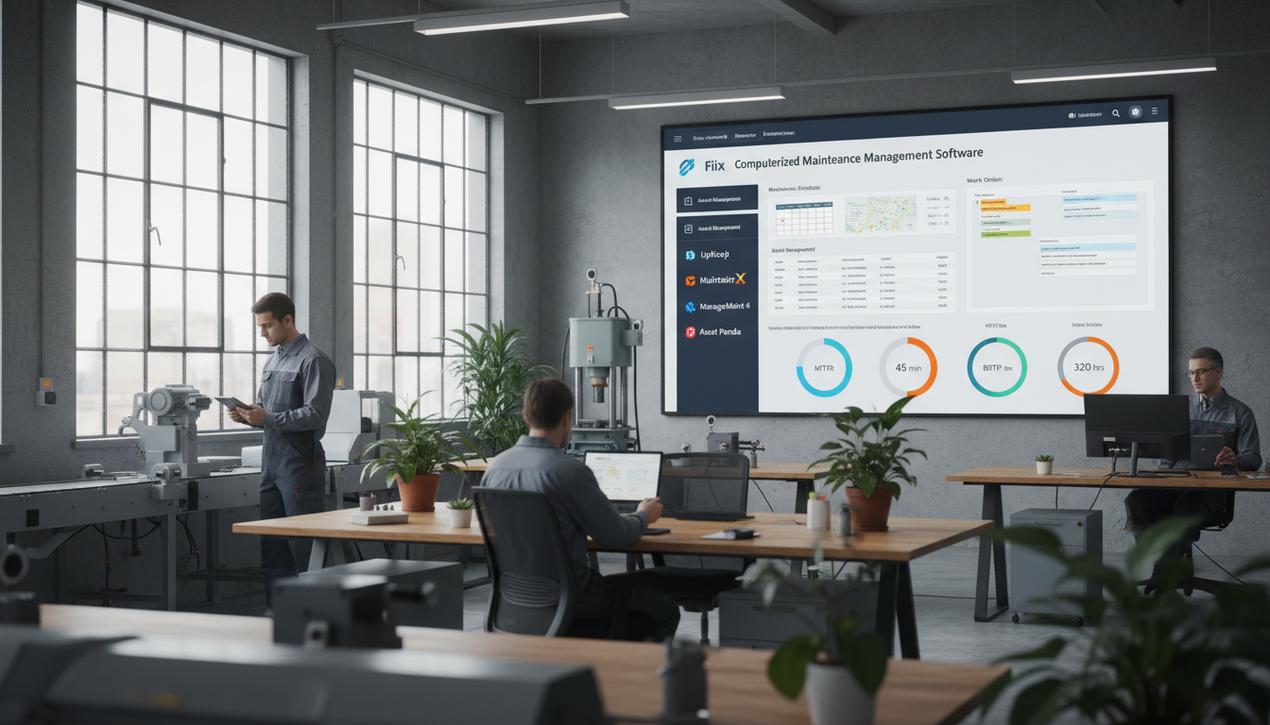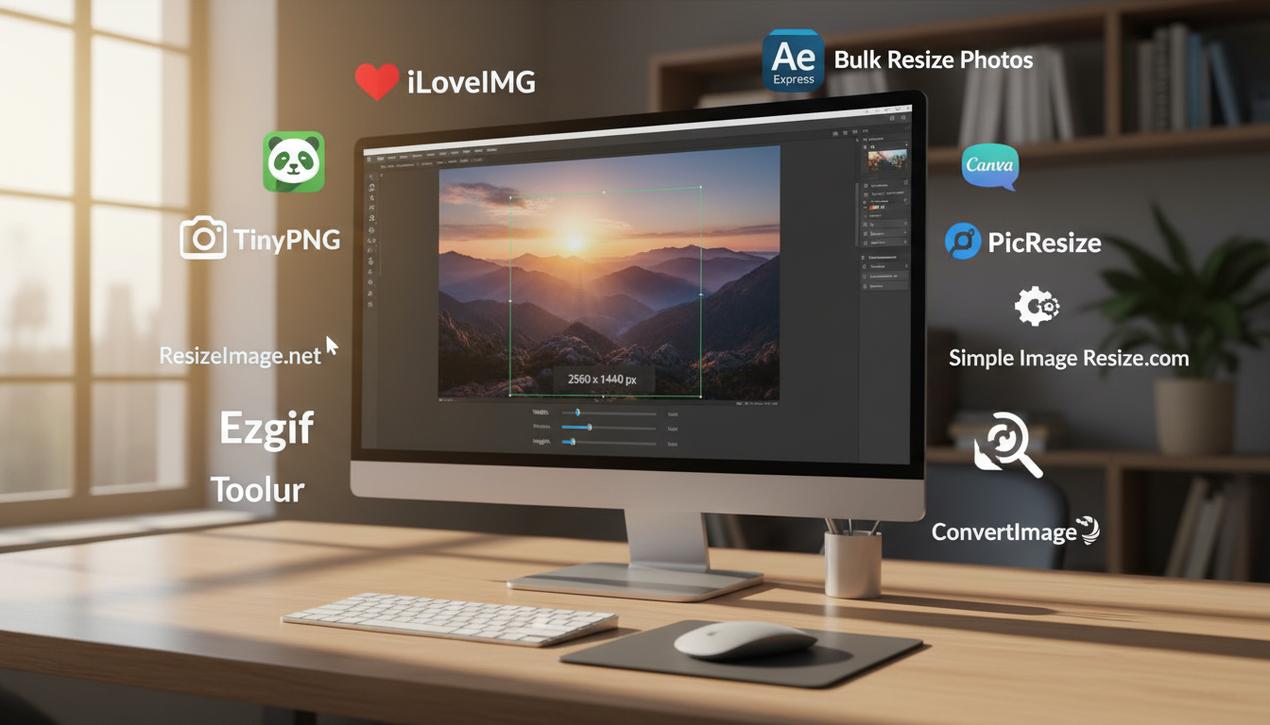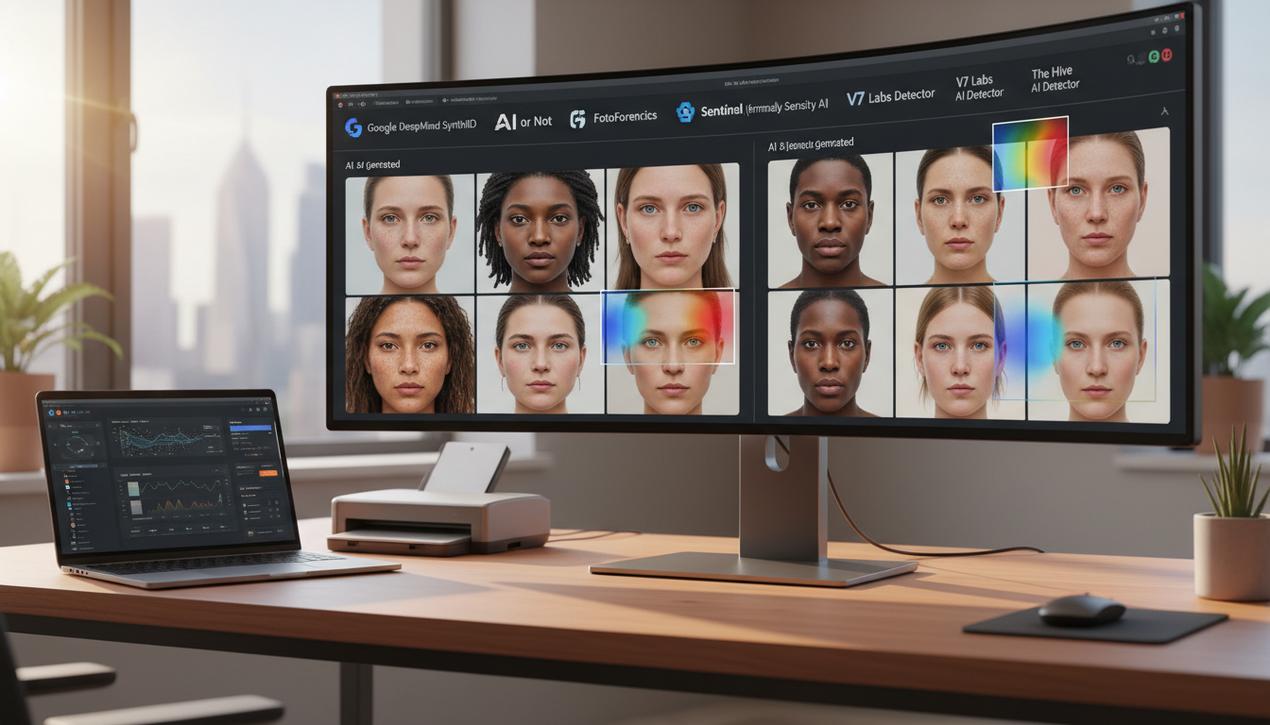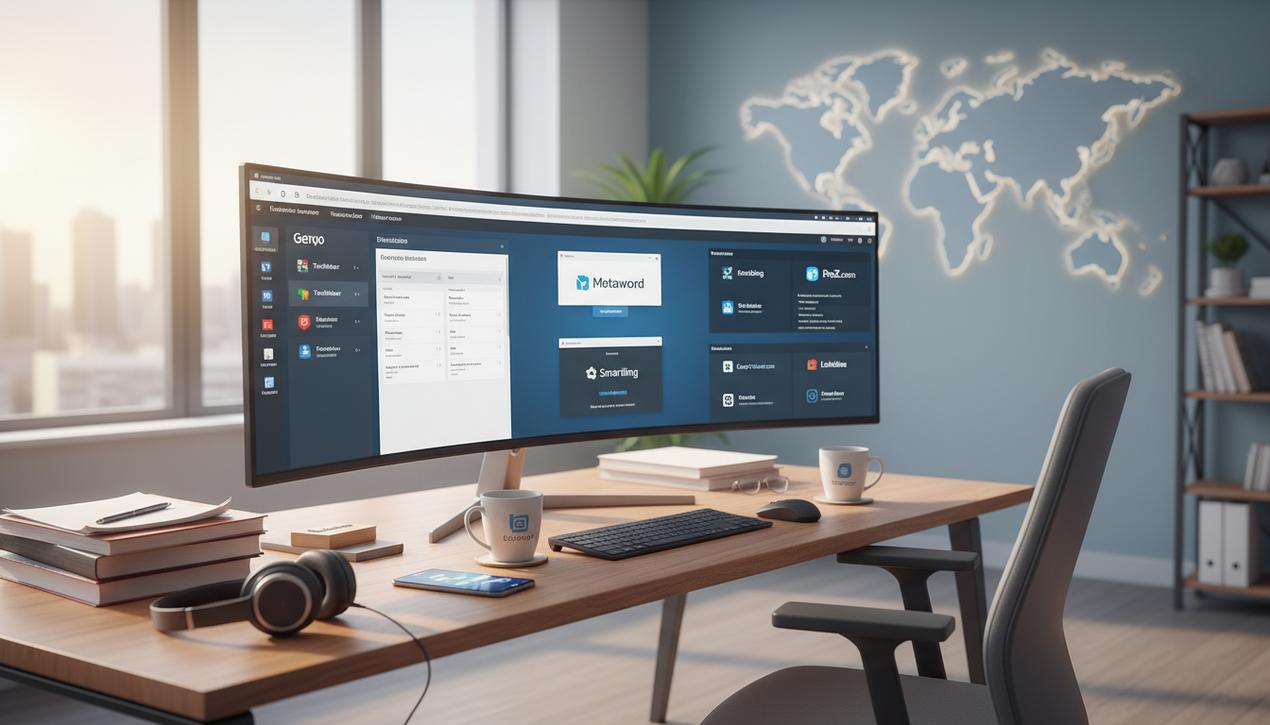Top 6 Free CMMS Software Solutions for 2025


Effective maintenance management is a strategic pillar for any business, whether in industry, services, or IT. An unexpected breakdown can halt production, frustrate customers, and lead to significant costs. This is where a CMMS (Computerized Maintenance Management System) comes in. Far from being a mere tech gadget, a CMMS is a command center that centralizes, schedules, and optimizes all maintenance operations. The global CMMS market is expanding rapidly, a testament to its growing importance. While many professional solutions require a substantial investment, a range of powerful free tools are available, perfect for small to medium-sized businesses or departments looking to structure their processes without straining their budgets. These solutions enable the digitization of asset management, tracking of work orders, and the crucial shift from reactive, costly repairs to planned, preventive maintenance. This comprehensive guide covers everything you need to know about CMMS and provides a detailed comparison of the 6 best free software options available in 2025.
What Is a CMMS and Why Is It Essential?
A Computerized Maintenance Management System (CMMS) is a software platform designed to help organizations manage their assets, schedule maintenance tasks, and track work orders. Its primary goal is to ensure the availability, reliability, and longevity of equipment while controlling costs. In 2025, where operational efficiency is a key competitive advantage, operating without such a tool is like navigating without a map. It centralizes all maintenance information into a single database, providing a clear record of all activities. This data-driven approach allows managers to make informed decisions, optimize resource allocation, and ultimately improve the bottom line.
Key Features of a Modern CMMS
A good CMMS, even a free version, must offer a foundation of essential features to be truly useful. Here are the core functions you should look for:
- Asset and Equipment Management: This is the heart of the system. The CMMS should allow you to create a central database of all your equipment, including its history, technical documentation, location, and purchase dates.
- Work Order Management: The platform must enable the creation, assignment, tracking, and closing of work orders for every intervention, whether planned or unplanned.
- Preventive Maintenance: This is one of the greatest value-adds. The software should allow you to schedule recurring maintenance tasks based on time or usage to anticipate failures before they occur.
- Inventory and Parts Management: Track spare parts, set reorder alerts to avoid stockouts, and associate parts used with work orders for accurate cost tracking.
- Reporting and Dashboards: Provide Key Performance Indicators (KPIs) to analyze maintenance effectiveness, such as Mean Time To Repair (MTTR) and Mean Time Between Failures (MTBF).
The 6 Best Free CMMS Software Solutions in 2025
The market offers several robust solutions with functional free versions. These are ideal for testing core features, for small teams, or for businesses just beginning their digital transformation in maintenance.
1. Fiix (Free Plan)
Fiix, a Rockwell Automation company, is a market leader, and its free plan is an excellent gateway into the world of cloud-based CMMS.
- Best for: Small businesses and maintenance teams looking for a simple, effective cloud solution to get started.
- Key Features: Intuitive interface, a powerful mobile app for technicians in the field, and solid asset and work order management.
- Limitations: The free plan is limited to 3 users, and key features like preventive maintenance and purchase order management are reserved for paid tiers.
2. UpKeep (Free Plan)
UpKeep stands out with its “mobile-first” approach, designed primarily for technicians who aren’t tied to a desk. Its free version is surprisingly comprehensive.
- Best for: SMBs in sectors like manufacturing, property management, or logistics with mobile teams.
- Key Features: Excellent mobile app, unlimited work order creation, and management of assets and parts.
- Limitations: The free plan lacks automated preventive maintenance scheduling and has limited analytics reporting.
3. MaintainX (Free Plan)
MaintainX emphasizes team communication and collaboration. Its free version is designed to streamline information flow and task tracking.
- Best for: Businesses where real-time communication between technicians and managers is critical, such as hospitality, restaurants, and manufacturing.
- Key Features: Messaging integrated directly into work orders, unlimited creation of work orders and assets, and an excellent mobile user experience.
- Limitations: Advanced analytics and scheduling features are restricted in the free version.
4. Spiceworks IT Help Desk
Specifically designed for IT asset management, Spiceworks is not a traditional CMMS but serves this role perfectly for IT teams. It is 100% free.
- Best for: IT departments in SMBs needing to manage help desk tickets, hardware and software inventory, and computer maintenance.
- Key Features: Completely free with no user limits, ticket management, automated network inventory, and an integrated knowledge base.
- Limitations: Highly specialized for IT; it is not suitable for maintaining industrial equipment or facilities.
5. Asset Panda (Free Plan)
Asset Panda focuses on asset tracking, but its flexibility allows it to be configured as a lightweight CMMS. The free version provides a solid foundation.
- Best for: Organizations like schools, small businesses, or non-profits that need to track their equipment precisely and manage related work orders.
- Key Features: Strong asset tracking with barcode scanning, a mobile app, and customizable fields.
- Limitations: The free plan is limited to a single user and 250 assets.
6. MaintenanceCare (Free Plan)
MaintenanceCare offers a free, web-based solution that is simple to use and covers the basics of work order and asset management.
- Best for: Small facilities, property management companies, or organizations that need a straightforward, no-frills system.
- Key Features: Work order management, asset tracking, and basic preventive maintenance scheduling.
- Limitations: The free version is limited to one user and has a cap on the number of work orders that can be created per month.
Limits of Free Tools and When to Upgrade
Free CMMS software is an excellent launchpad, but it comes with inherent limitations. It’s crucial to understand them to know when your business needs to take the next step.
The main drawbacks include restricted features (no predictive maintenance, limited analytics), user caps, reduced storage capacity, and, most importantly, the lack of dedicated customer support. The transition to a paid plan becomes necessary when your team grows, you need to integrate the CMMS with other systems like an ERP, or you want to implement a data-driven predictive maintenance strategy to further optimize your operations.
The Future of Maintenance Management: 2025 Trends
The CMMS sector is constantly evolving, driven by new technologies. In 2025, several key trends are reshaping maintenance management.
AI and Predictive Maintenance
Artificial intelligence is a game-changer, analyzing historical equipment data to predict failures before they happen. Modern CMMS platforms are integrating AI modules to suggest optimized maintenance schedules and drastically reduce unplanned downtime.
Mobility and the IoT
Mobile apps are no longer optional. They empower technicians to access work orders, documentation, and report their work in real-time from the field. When paired with Internet of Things (IoT) sensors installed on equipment, they enable live monitoring of machine health and trigger automatic maintenance alerts.
Choosing a CMMS, even a free one, is a strategic decision that can transform your maintenance management. By starting with a free solution tailored to your needs, you can structure your processes, improve communication, and increase team productivity without financial risk. These tools lay the foundation for a proactive maintenance culture. As your business grows, you will be perfectly positioned to identify your future needs and upgrade to a more comprehensive solution, leveraging innovations like AI and IoT to stay competitive.



